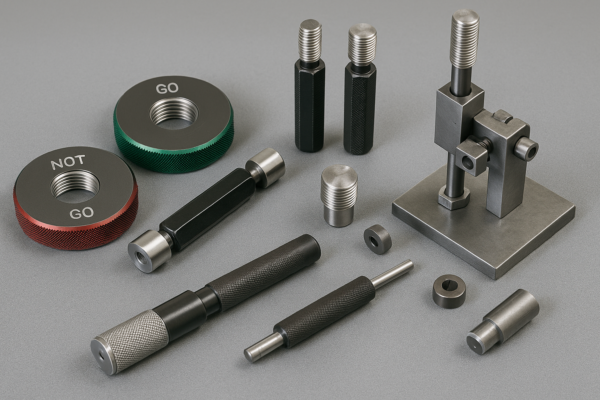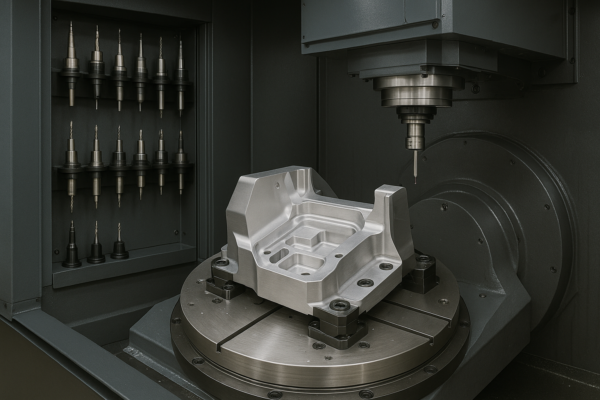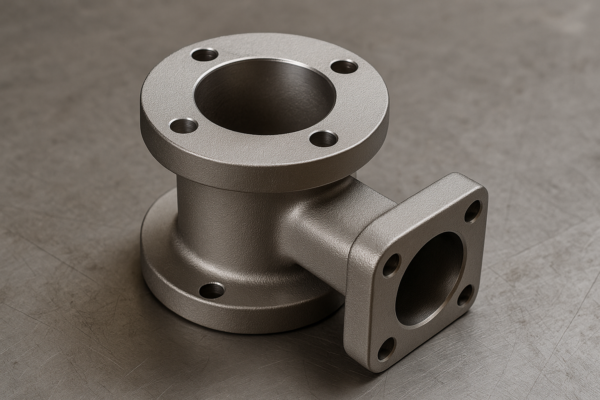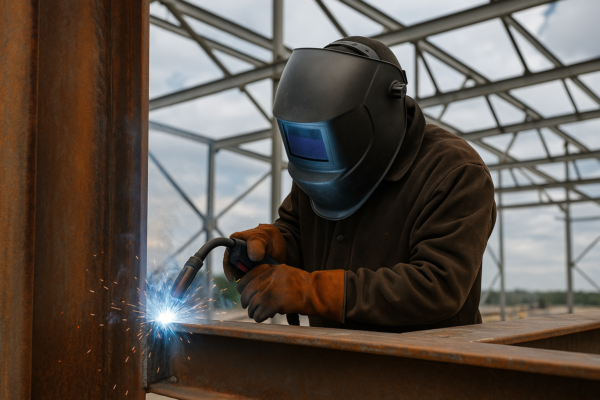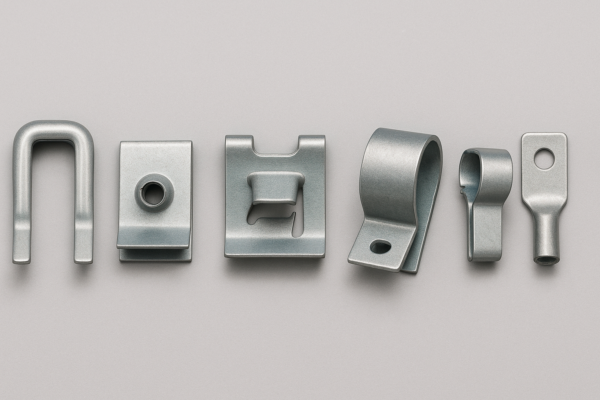What are the processes for surface finish?
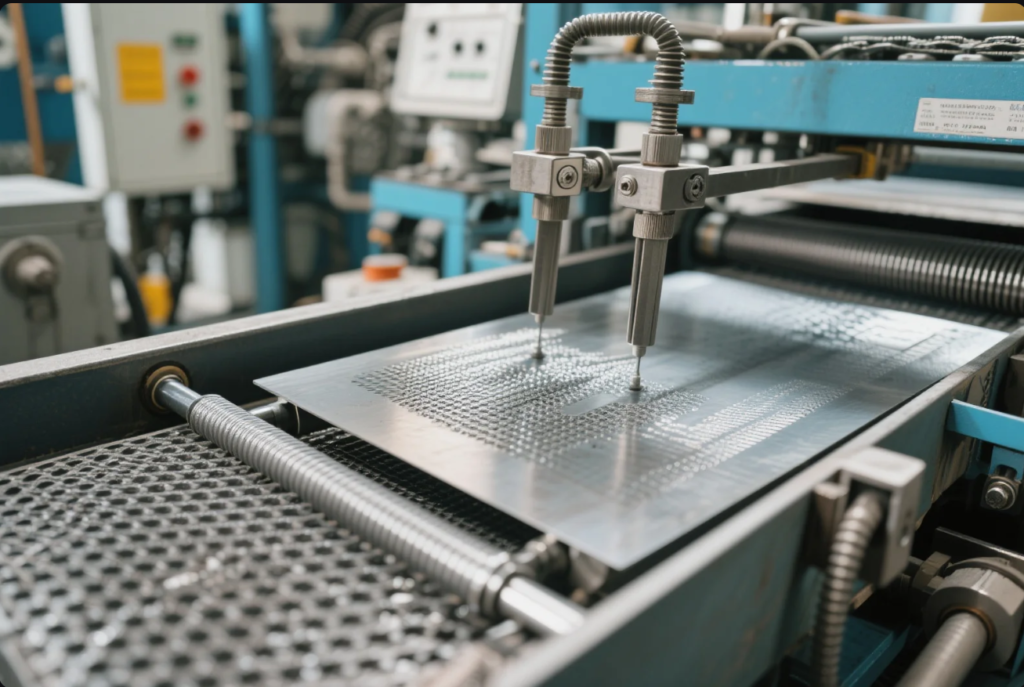
No part is truly complete without the right surface finish—whether for appearance, protection, or performance.
Surface finish processes are the steps used to smooth, texture, coat, or treat a component’s exterior to meet functional or aesthetic requirements.
In this article, we explore the full range of finishing methods, outline a standard preparation workflow, and explain how to select the right technique for different materials and applications.
What are the methods of surface finish?
There are many ways to finish a surface—each suited to a specific material or end use.
Common surface finish methods include mechanical, chemical, and electrochemical processes.
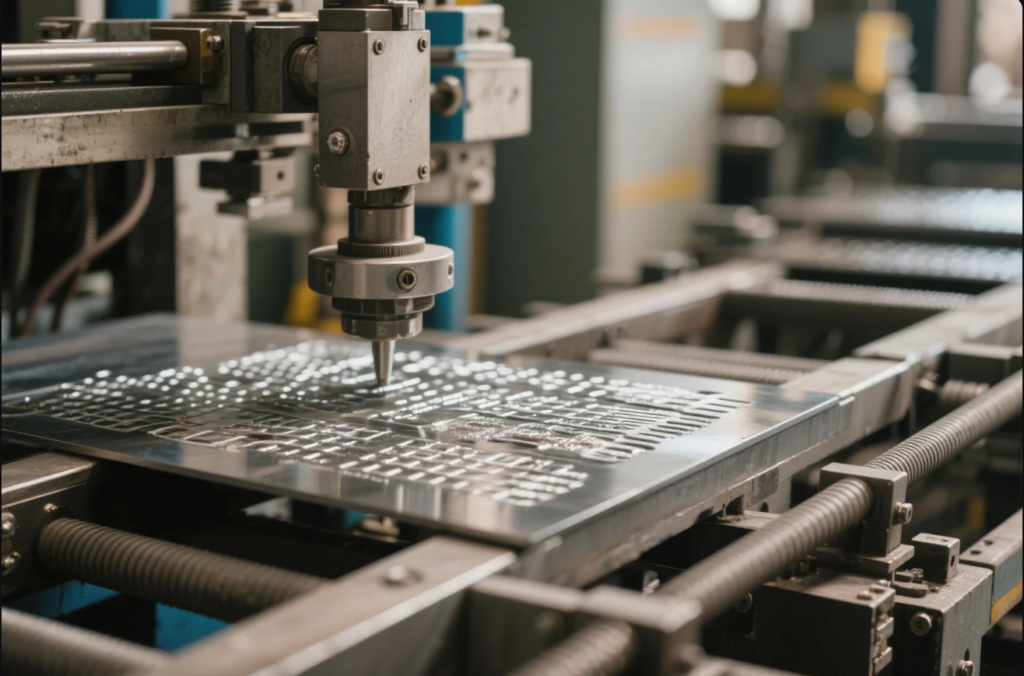
Breakdown of surface finish methods
| Method Type | Technique | Typical Application |
|---|---|---|
| Mechanical Finishing | Grinding, polishing, tumbling | CNC parts, tools, metal brackets |
| Chemical Finishing | Anodizing, phosphating | Aluminum components, steel parts |
| Electrochemical | Electroplating, electropolishing | Decorative finishes, corrosion control |
| Coating | Powder coating, painting | Machine covers, enclosures |
| Thermal | Flame spray, laser cladding | Wear surfaces, heavy-duty machinery |
At Prime, we support all these methods to meet client demands in industries like automotive, aerospace, construction, and electronics.
What are the 6 steps in preparing a surface for finishing?
Finishing doesn’t start with the coating—it starts with surface prep.
The 6 essential steps in surface preparation ensure proper adhesion, function, and finish quality.
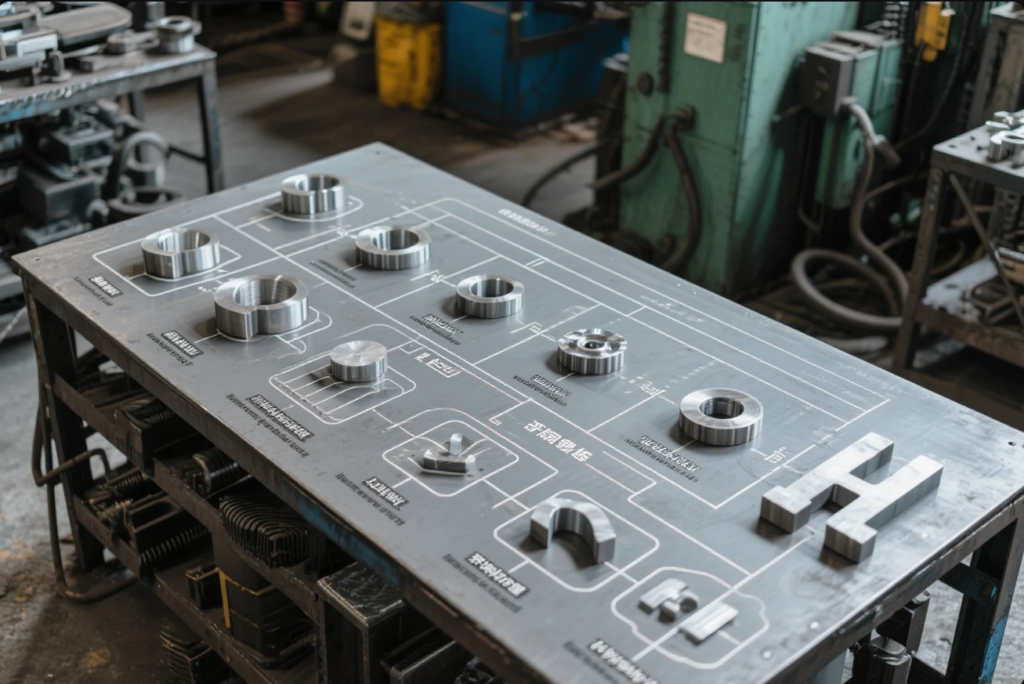
Standard surface preparation process
| Step # | Action | Purpose |
|---|---|---|
| 1 | Cleaning | Remove oil, dirt, and manufacturing residue |
| 2 | Degreasing | Eliminate deep surface oils/chemicals |
| 3 | Abrasion or Blasting | Roughen surface for better adhesion |
| 4 | Rinsing or Drying | Prepare for next process |
| 5 | Chemical Pretreatment | Apply conversion coatings if needed |
| 6 | Inspection | Confirm readiness for coating or polishing |
Prime uses automated ultrasonic cleaning and sandblasting systems to prepare metal and plastic parts prior to finishing—ensuring adhesion and long-term coating integrity.
Which of the following processes is used for surface finishing?
Surface finishing can involve more than one step or technique.
Processes commonly used for surface finishing include polishing, electroplating, powder coating, and anodizing.
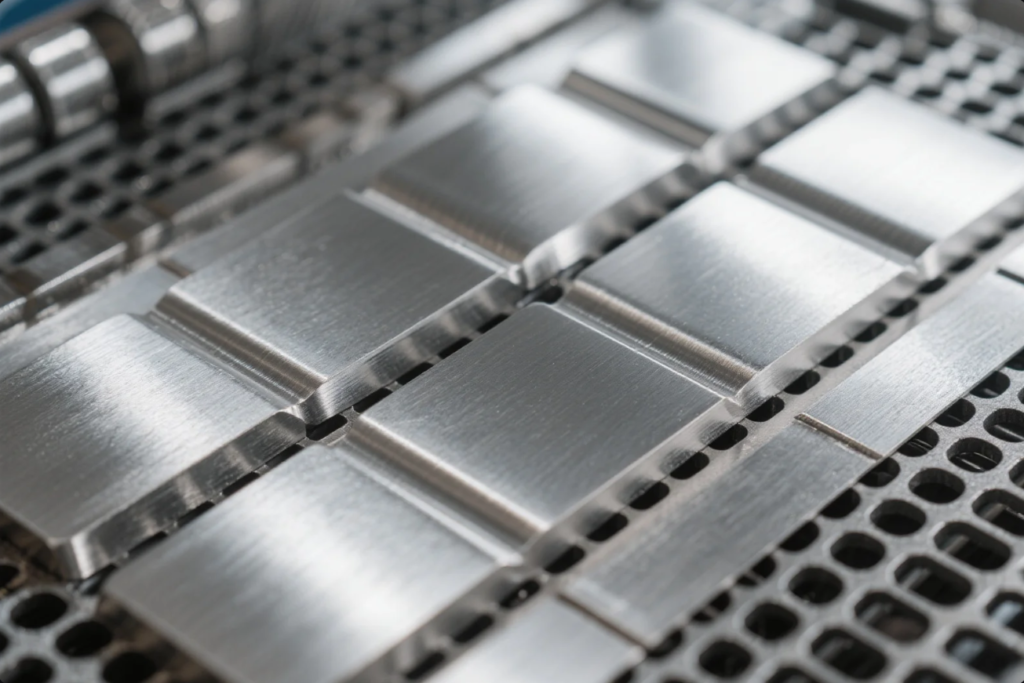
Top surface finishing techniques
| Process | Description | Common Materials |
|---|---|---|
| Polishing | Mechanical smoothing for visual shine | Steel, brass, aluminum |
| Electroplating | Adds protective or aesthetic metal layer | Steel, zinc die-cast |
| Powder Coating | Cured paint-like finish with durability | Iron, aluminum, steel |
| Anodizing | Oxide layer for protection and color | Aluminum alloys |
| Bead Blasting | Creates uniform matte surface | Stainless steel, titanium |
Prime selects the most appropriate method based on product usage, target appearance, roughness (Ra) tolerance, and environmental exposure.
What is the process of surface treatment?
Surface treatment is a broader concept that supports or complements finishing.
The process of surface treatment involves modifying a material’s surface layer to enhance durability, adhesion, resistance, or functionality.
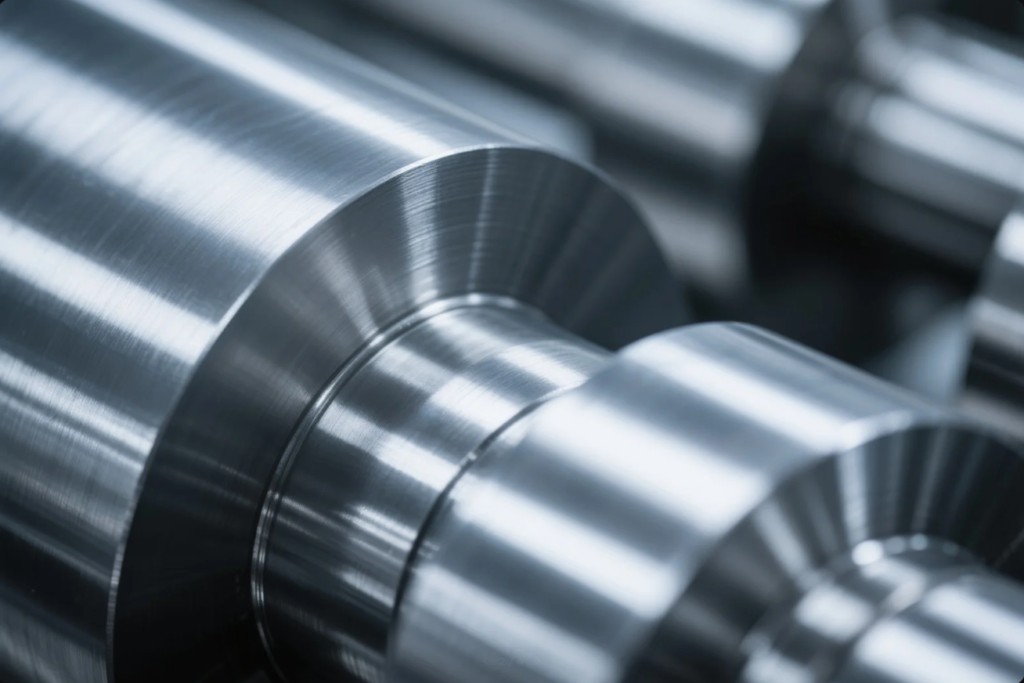
Types of surface treatment
| Category | Process Examples | Purpose |
|---|---|---|
| Mechanical | Sandblasting, grinding | Clean, texture, or prep surface |
| Chemical | Phosphating, pickling | Enhance adhesion, corrosion resistance |
| Thermal | Carburizing, nitriding | Increase surface hardness |
| Electrochemical | Anodizing, electropolishing | Protect, polish, or color |
Surface treatment often comes before surface finish. For example, a shaft may be nitrided for hardness, then polished for appearance. Prime provides both services as part of an integrated production workflow.
FAQs
Q1: What’s the difference between surface finishing and surface treatment?
Finishing changes appearance and feel; treatment changes surface chemistry or strength.
Q2: How do I choose the right finish?
It depends on your goals: corrosion resistance, appearance, smoothness, or cost.
Q3: Does finishing affect tolerance?
Yes. Most finishes add thickness. We adjust part dimensions accordingly.
Q4: Are your finishes RoHS/REACH compliant?
Yes. All finishing methods can be certified for international compliance.
Q5: Can you provide surface roughness (Ra) data?
Absolutely. We offer Ra reports from 0.2 to 3.2 µm based on your spec.
Conclusion
Surface finish processes ensure every part looks right, lasts longer, and performs as designed. Choosing the correct prep and finishing steps avoids failure and boosts product value.
Contact Us
Need precision surface finishing, chemical surface treatment, or custom industrial coatings?
✅ ISO-certified prep and finish lines
✅ CNC, casting, stamping, and injection parts supported
✅ RoHS/REACH-compliant finishes for global markets
🔗 Website: https://primecustomparts.com/
📧 Email: [email protected]
Partner with Prime to get high-quality, surface-finished parts delivered with speed, precision, and full technical assurance.

